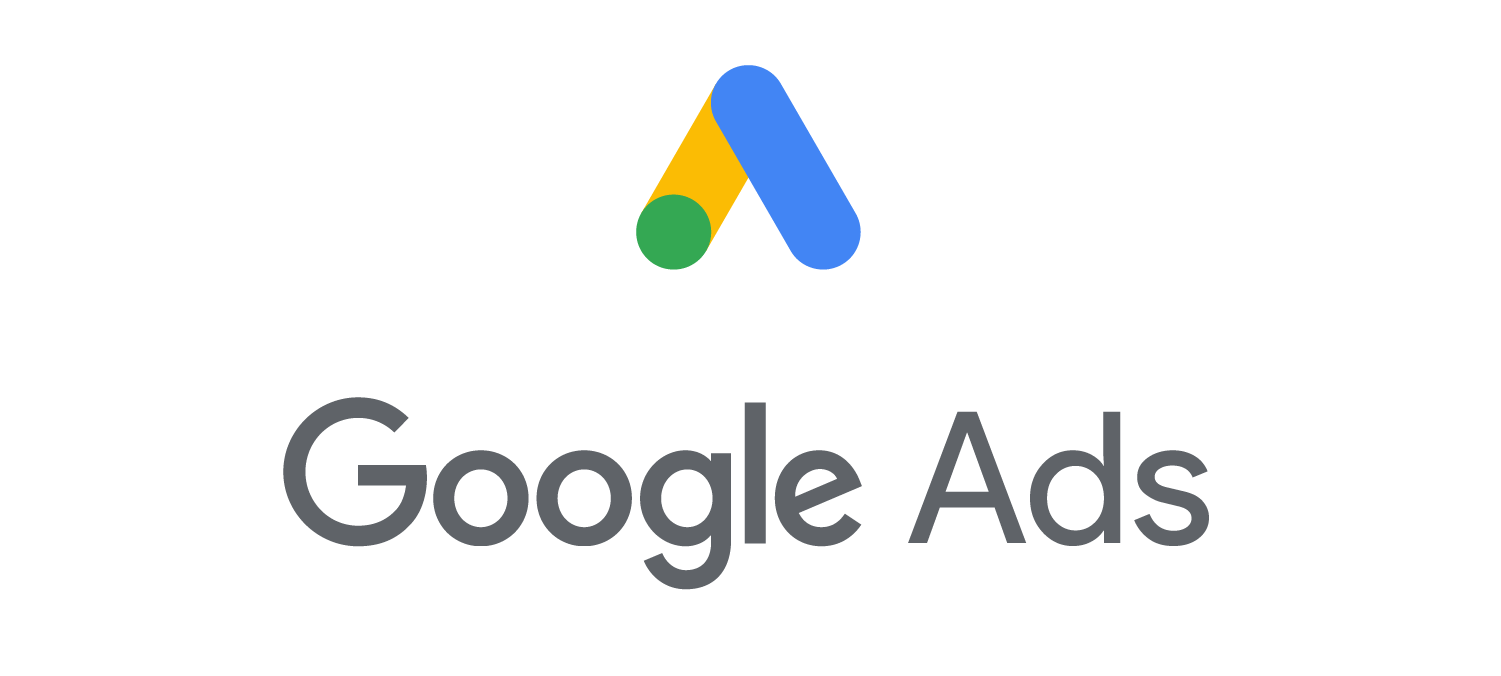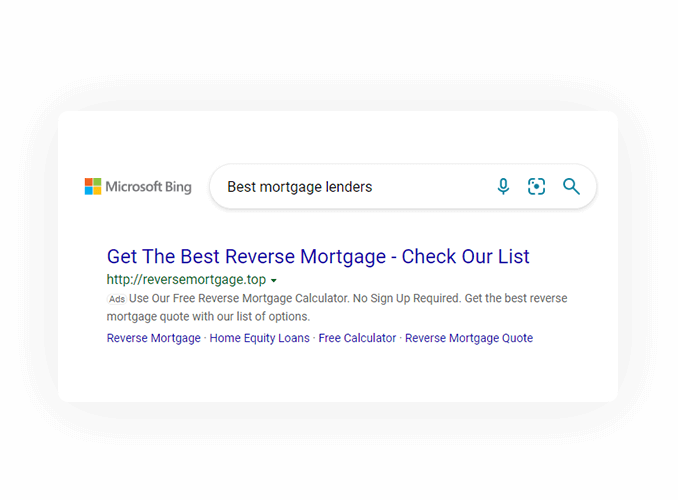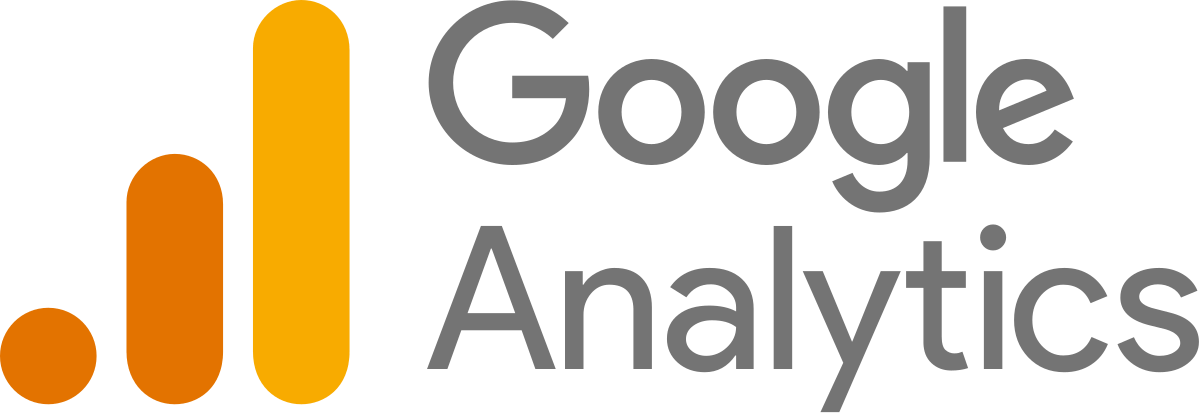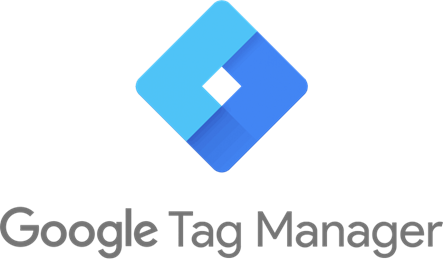Understanding how to use these various options can be challenging. Recent changes to the platforms, cookies, and tracking has further left advertisers feeling like digital advertising has become a bit of a black box.
In determining how to best utilize ad platforms, the key is leveraging proper measurement and optimization techniques to ensure your campaigns can bid most effectively to deliver a satisfactory financial outcome.
At Prism, we take the guess work out of determining which advertising efforts are working. We can not only develop sound strategies for which ad platforms to use, but help you navigate measurement of various ad platforms to ensure a strong understanding of what’s working which in turn leads to a profitable ROI.
In addition to Search, Google Ads can help you reach potential customers through display and video advertising on both YouTube and the Google Display Network. Google also allows advertisers to advertise their products through Shopping ads, promote mobile apps, and drive in-person store visits with Local Ads. While Google Ads can give you access to incredibly large audiences, advertisers can also target their ads to particular audiences who have shown an interest in your products or services.
Co-founded by Former Googlers – Prism’s team offers a deep and robust knowledge of Google Ads.


Facebook is the largest social media platform in the world with over 2.8 Billion monthly active users globally and over 220 Million monthly active users in the US alone. Unlike Google search ads which feature text, Facebook ads are mostly visual, blending video, images and graphics. Facebook ads most regularly appear in a user’s news feed, which includes stories, updates and content on subjects and from people with whom the user chooses to connect. Many advertisers find Facebook effective because it offers some of the most effective micro-targeting available. Facebook ads can be targeted to people by location, age, gender, interests, demographics, behavior and connections.
Facebook also does a great job of identifying Lookalike Audiences, which allows you to target people that are similar to the customers who already engage with your business.
Within the Facebook Ads platform is Instagram, the third most popular social media site in the US with over 140 million monthly active users. While Instagram has fewer total users than Facebook, it has the highest engagement rate of all social media platforms.
Instagram ads are highly visual and can serve on a user’s feed, their stories, as well as videos known as ‘Reels’.
Because Instagram and Facebook are both owned by the same parent company and purchased using a single platform, the crossover benefits for identifying and targeting your customers are amplified.


While likely not the behemoth that Google or Facebook are when building out your digital ads strategy, we believe it’s important to utilize every platform that can drive profitable growth for your business. Bing is the second largest search engine in the US behind Google, capturing roughly 6% of total searches. In 2019, Microsoft and Verizon partnered to have all of Yahoo and AOL Search ads exclusively served by Bing.
While most customers use Google, if your customers are using Bing, Yahoo, or AOL search – it’s important to reach them on the platform they are using. Microsoft also offers product listing ads if you have E-Commerce as well as display advertising to target and reach your potential audience.
Yahoo Native is an advertising marketplace that supports Yahoo’s non-Search products. While Yahoo Search is serviced through Microsoft Ads, Yahoo Native (formerly known as Gemini) is the home for Yahoo’s native advertising products.
Native ads can be thought of as a type of display ad, however instead of being placed on a website, native ads are embedded on a site with the same look and feel of the sites content. Yahoo Native ads can appear alongside premium sites helping you to align your brand with content that your customers choose to consume.


Google Analytics allows your business to measure and analyze all of the traffic on your website. Analytics will help you understand who your customers are, how your customers are getting to the website, and their on-site behavior. Custom reports can be created within Google Analytics to help you track and report on the metrics that are most important for your business. Google Analytics has measurement and attribution tools that can shed light on which advertising channels or activities are driving the best ROI for your business.
At Prism, we typically regard Google Analytics a “single point of truth” that accurately tracks site usage and engagement of both Google and non-Google ad products. This allows us to compare the performance of different products and services, which is critical in determining which works best for each advertiser.
Google Tag Manager is Google’s tag management system, considered to be a safe and reliable way to place simple computer code (called “tags”) on the site that measure key engagement activity such as purchases, phone calls, chats and form completions. It allows you to add and update your website’s tags for conversion tracking, site analytics, remarketing lists, and more.
With ad platforms and digital tracking standards changing rapidly, proper tag implementation is crucial to any success digital marketing campaign. Placing tags correctly across your site will enable you to track on-site behavior from click to purchase. Google Tag Manager easily integrates with Google Analytics allowing you to share conversion tracking and audiences across both platforms.

We’d love to chat. If you’re interested in having a discussion about digital marketing centered around your businesses goals and desired outcomes, fill out the quick form below or shoot us an email at: info@prismgrowth.com.
Copyright Prism 2022 All rights reserved